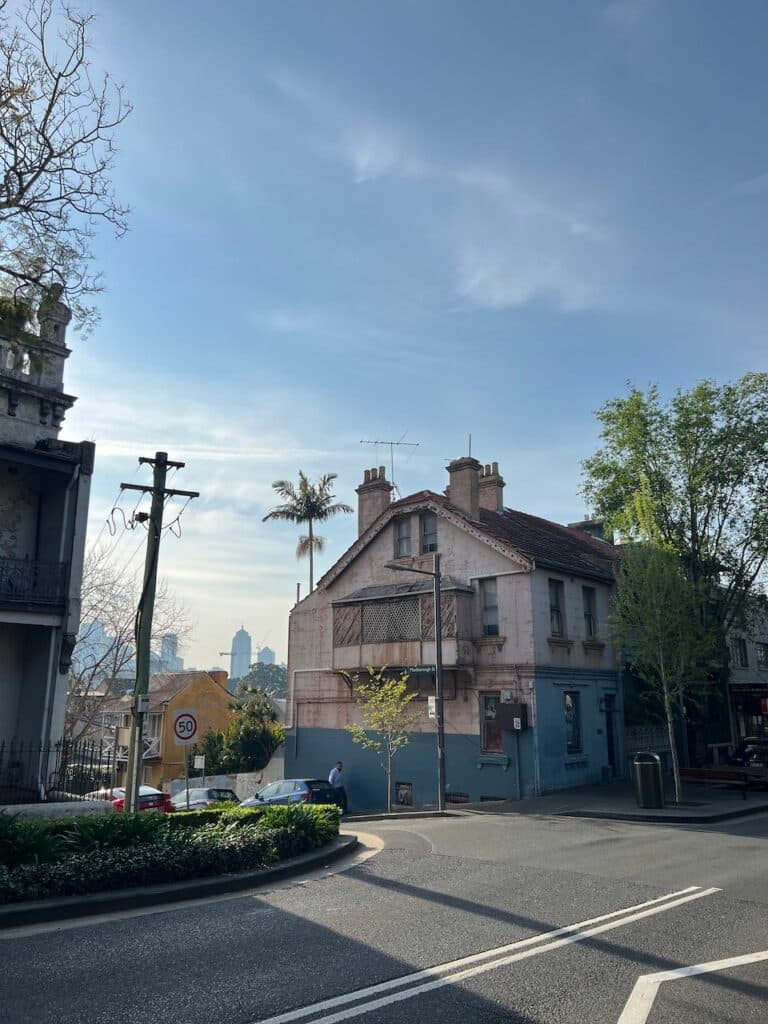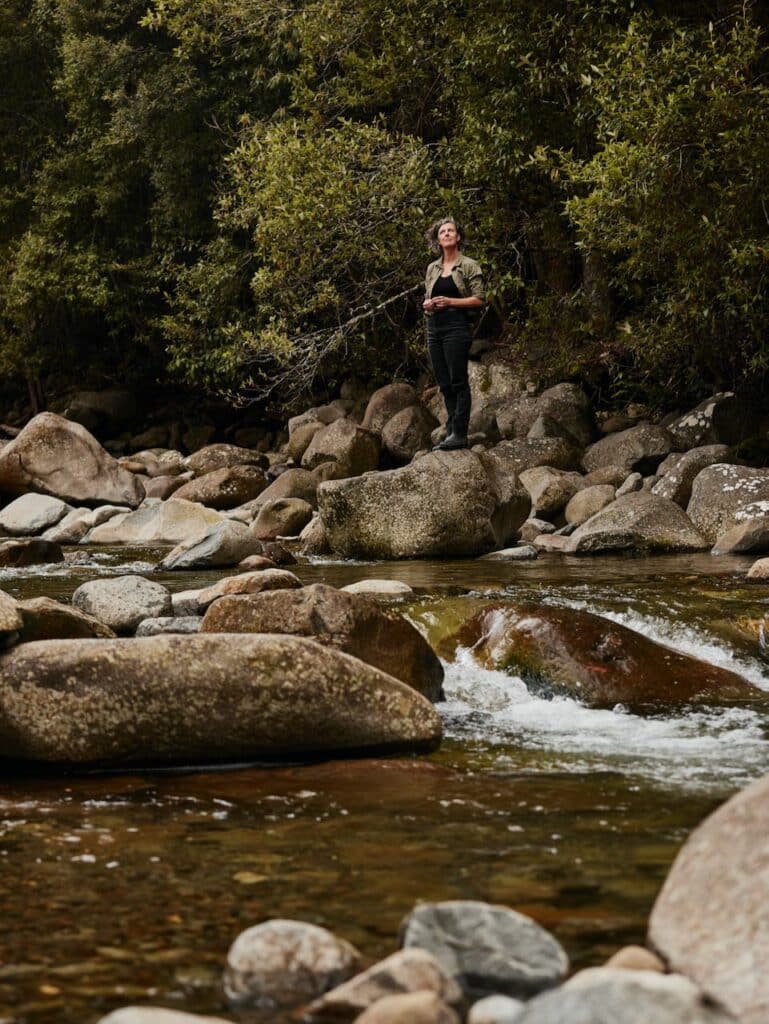

Alrighty – Habits for Hope, here we go (what is this? Go here to learn more about the series)…
Let’s start with what we see as an utterly essential habit for everyone – learning the story of the Country that you’re on.
This usually means learning whose land you are on, and learning how to show respect for and solidarity with Indigenous people and Country where you live, and beyond.
Why is this habit so important? Because showing respect for First Nations people and the Country that has been stewarded by them for millennia, and which currently nurtures you, each and everyday of your life, is fundamental to permaculture ethics, and also to showing up as a good human.
Taking on this habit helps create more equity and justice – for people, and for country.
We know that learning from, raising up and practicing indigenous knowledge, science and land practices hold key ways to mitigate the climate crisis, as well as adapt to rapid change. Also – globally, Indigenous people make up less than 5% of the world’s population, but they manage and protect 80% of global biodiversity.
And for these crucial knowledge-ways to be acknowledged, protected and utilized, they need our individual and community-level support, which includes a working understanding of the story of the country we are on.
This habit also has the effect of helping to connect YOU to the Country that you’re on, just that little bit more – which can only be a good thing.
If you’ve lived where you are for a while, perhaps you already know this story – or maybe it’s YOUR Country. Or maybe, if you’re like us, you’ve moved around a lot. There are many ways to learn your land’s story – here’s some starting ideas:

How to Learn the Story of the Country You’re On
Step 1: People
Do some research and find out who are the Indigenous people of the place you call home, and the name of the language they speak. Write these name/s down, and put that on your fridge so you see it regularly.
Also, research the history of the land that you live on, and what’s happened from first point of contact (if the land you’re on was colonized) up until now.
Which people arrived here? When? What treaties were made or broken here? When was that? Where are those people now?
Step 2: Place
Research the original names of the places where you live, and any other landmarks that you can find reference to – mountains, rivers, beaches, plains.
Write all those names down on a map of your local area. If these are publicly available and it’s culturally appropriate, start using those names.
Step 3: Connect
Find the closest Indigenous organisation to you – they may have online or in-house resources that you can access to help with your research. They may also have events you can attend, to learn more about where you live, from their perspective.
Step 4: Understand
Educate yourself on what has happened, on the land where you live, to Indigenous people – from when they stopped being the only people of your country (eg from the point of colonisation, if that’s the story of your area) till now. Be real about it. Don’t look away.
Seek to understand what has happened, and what is still happening. This is often a dark story, but it’s important to understand what has gone before, to create the place where you live, now. Read books by Indigenous writers, seek out documentaries about history like Australian Wars.
Step 5: Contribute
If you live on stolen land, it’s time to give back in a way that makes life better for others. This land nurtures you, each and every day, thanks to the long, long stewardship of First Peoples. Find out how to Pay the Rent (also called Indigenous Land Tax) where you live. We’ll step you though this excellent habit in a few weeks time, but here’s a primer.
Step 6: Use Your Knowledge
Use your knowledge. Share what you’ve learned with your family and friends. Initiate discussion on these topics. Get involved in reconciliation processes or other campaigns lead by Indigenous people nearby.
And a small-but powerful daily practice, once you know whose land you’re on: you can add the traditional place name of the country that you’re on to your postal address.
In Australia, putting the country that you’re on between your name and the first line of your address is the recommended way to do this, according to AusPost. A note that this came about via a successful campaign by Place Names in Adresses and allies (yay).

Resources for Learning the Story of the Country You’re On:
- Map of Indigenous Australia – THE definitive map, from AIATSIS
- Whose Country am I on? – great resource from AIATSIS
- Native Land – this is a great world-wide, evolving interactive map
- Imagining Land Justice – a free resource pack from US-based Nuns and Nones – who are working in the spaces of Land Back (to indigenous peoples) and Land Reparations (to people of enslaved linages)
- Not on stolen land, but in a country that was a colonising force of other places, and/or responsible for enslavement of peoples (hello, UK friends and others!) and the benefits that flowed from that? … may we suggest you look into Land Reparation schemes. The Center for Ethical Land Transition in the US is a good place to start.

This article is part of our Habits for Hope series. A huge range of actions, practices, habits and good ideas for you to consider folding into your daily life.
Some ideas are big, and some are small. All of them with the ability to shift worlds, and cultivate community, and also Make Life Better, at your place.
It’s based on a snippet from our latest book, The Milkwood Permaculture Living Handbook – Habits for Hope in a changing world – which is itself a companion guide to the Permaculture Living course, which we teach and mentor a class of students through, each season….
…to help skill folks up in hands-on habits, actions and projects that can make life better at your place – and also co-create the futures our communities need, starting today.
If you would like future ideas like this sent straight to your inbox, you can subscribe here. It’s free.













